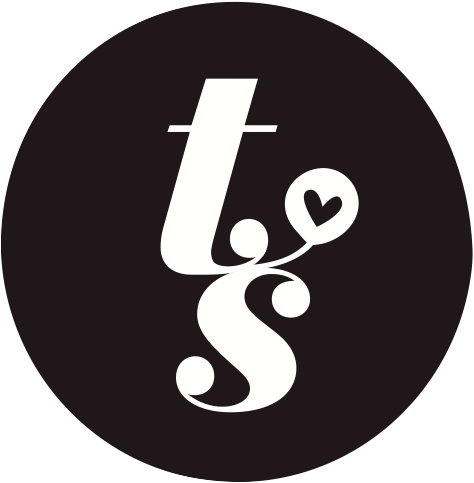Calcium
Nutrition
Calcium is a mineral which is needed for many healthy bodily functions. It exists in different types such as calcium carbonate (40% elemental calcium), calcium citrate (21% elemental calcium), calcium gluconate (9% elemental calcium), and calcium lactate (13% elemental calcium).
Calcium is absorbed throughout the small and large intestine with the help of Vitamin D. It then travels in the blood, with some eventually stored with another element, phosphorus, in bone crystals, which increase the strength of bone. If you have low vitamin D levels (which a lot of people in NZ do), you are going to absorb less of the calcium in your diet.
Calcium absorption can be hindered by a diet with excess salt also.
Some of it's many roles in the body include:
Building strong bones and teeth.
Clotting blood.
Sending and receiving nerve signals.
Squeezing and relaxing muscles.
Releasing hormones and other chemicals.
Keeping a normal heartbeat.
So, how much do you need?
Such a debated topic, and I’m not going to come in with a figure, as the evidence is so mixed. Traditionally it was 1000 – 1200mg/day, however many cultures with low dairy intake get less than this, and suffer very little osteoporosis. So what’s going on? It is postulated that this comes down to blood acidity vs alkalinity.
If the blood is more acidic (usually from diet), then calcium leaches from bone to alkalise. Like with all health considerations, it comes down to individual assessment, family history, diet, symptoms etc.
What are some of the signs of deficiency:
Confusion or memory loss.
Muscle spasms (particularly in your back and legs)
Numbness and tingling in the hands, feet, and face.
Depression.
Hallucinations.
Muscle cramps.
Weak and brittle nails.
What foods are rich in calcium?
We’ve traditionally considered dairy products to be our major source of calcium, not just there, but in most western countries. Studies show, however, from as far back as 1983, that people who eat an Asian diet, including large amounts of green vegetables, bok choy, broccoli, cabbage etc. have fewer fractures than people from countries who consume large amounts of cows milk. The theory is, as mentioned above, that dairy products are acid-forming, and can pull calcium out of bones to alkalise the blood.
What we don’t do at Taste Success is dictate. If someone prefers dairy products in their diet, then they can add them back in. You can be assured that great care has been taken with the mineral content of our recipes.
Here are some sources of non-dairy calcium to consider if you don’t eat dairy:
Broccoli 47mg/100g
Chinese cabbage
Silverbeet 232mg100g
Spinach 30mg/100g
Dandelion greens
Kale 150mg/100g
Alfalfa sprouts 32mg
Fruits
Blackberries 20mg/100g
Blackcurrants
Dates 39mg
Dried Apricots 55mg
Figs 162mg
Kiwi Fruit
Lemons and limes
Oranges and Tangerines
Papaya
You can also find calcium in most nuts and seeds.
Sesame 975mg/100g!!! Tahini!
Chia seeds 631mg/100g
Almonds (nut butters) 260mg/100g
Flax Seeds 255mg/100g
Brazil nuts 160mg
Walnuts 98mg
Other calcium sources:
Molasses (get organic) 1333/100ml
Eggs 50mg/egg
This is a lot of information, but don’t worry, the beauty of the Taste Success programmes is that the meal plans and recipes are specially designed and ready to go. So all you have to do is enjoy the good food and see the benefits. Clients most commonly report more energy, improved sleep, mood, and a happier gut.
We include education throughout our programmes but nothing overwhelming, just enough to give you the foundations of good nutrition knowledge so you feel empowered and capable of leading your healthy lifestyle.
Our nutrition programmes are holistic in nature and provide support for a wide range of health and wellness topics. If you’d like to book your 1-on- 1 consult with a local health coach, contact us today. We’re ready when you are.

